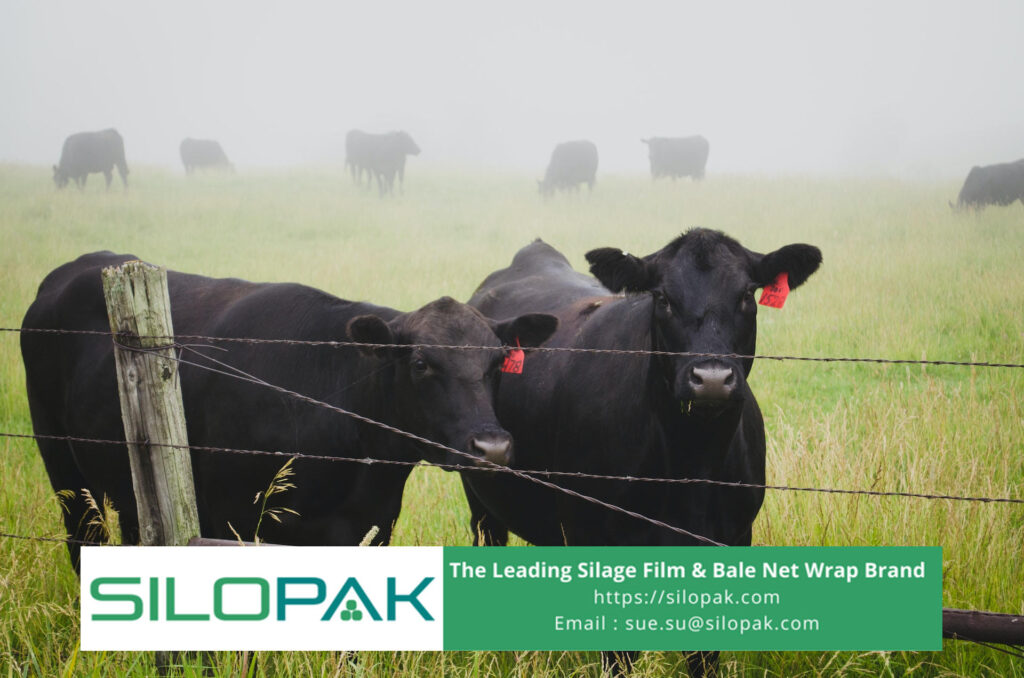
Stylo for livestock feed is very common, whether given by herding livestock or making silage. Although there are many types of natural feed sources, Stylosanthes Guianensis is quite popular and is a priority for breeders to maintain livestock nutrition while saving on the cost of buying feed.
Some of you may have learned, and are even used to using a stylo for livestock feed. Stylo cultivation seems to have been carried out by breeders from generation to generation. But other breeders, especially beginners, may have to look up a lot of references when they want to start.
In this article, let’s discuss specifically stylo for livestock feed, as well as the use of the latest technology regarding how to make silage based on stylo. Let’s read until it’s finished so that you have complete insight about this one green feed.
contents
What is Stylo as a Priority Feed Ingredient?
Stylo is a type of legume that is high in protein and minerals and tastes relatively favorable to livestock. Not surprisingly, breeders always strive for the availability of stylo, both by planting it in the rainy season, and making it into silage to stock up on feed in the dry season. This grass originating from Central and South America has been successfully naturalized in various tropical and subtropical regions for livestock needs.
Here are important facts about stylo as a mainstay of grass for livestock:
Nutrient Content
Lab test results revealed that the water content in the stylo was around 75 percent. Meanwhile, the crude protein contained in it is about 20 percent and about 33 percent fiber. Not surprisingly, giving stylos to livestock can support increased productivity on farms, thereby saving on the cost of buying feed.
Stylo Flavor
This green grass is quite liked by ruminant animals such as cows, sheep, and buffalo. In some areas, the stylo is even fed to pigs, chickens, and fish. Stylo for livestock has leaves and stems that are soft even when they are old.
It can be given fresh or given after being used as fermented feed. Making stylo silage ideally uses good film silage to support the perfect fermentation process and maximum preservation.
The Origin of Stylo
Stylosanthes guianensis or stylo belongs to the Phylum Spermatophytae type Angiospermae. This plant belongs to the Dicotyledoneae class of the Leguminoseae family. Even though it is a little technical, it is clear that this is a type of grass plant that has been familiar in supporting the livestock business for generations.
Stylo’s Physical Characteristics
It will not be difficult to distinguish stylo from other types of grass, because it has unique physical characteristics. This annual plant grows upright with a maximum height of between 100 and 150 centimeters. Stylo stems are rough and hairy and cover-resistant like a bush. Each stylo stalk has three blade-shaped leaves with a tapered tip.
Stylo has yellow flowers shaped like a butterfly. It also produces pods and inside are yellowish-brown seeds. The roots of this grass are quite numerous and strong and penetrate deep into the ground. This kind of root condition allows the stylo to be drought tolerant and good for soil health.
Important Things about Planting and Harvesting Stylo
Stylo for livestock feed can be grown in grasslands of the tropics and sub-tropics at an altitude of 0 to 1000 mm above sea level. Once the seeds are sown, these plants will grow easily, even in less fertile and dry soil. Even so, its growth will be very good in areas with a minimum rainfall of 875 mm per year.
After the stylo grows to its maximum height, the cutting should not be too short to make it easier for the plant to regenerate. You should also not slaughter too early because the nutrients that the cattle will later obtain will not be maximized. Grass cutting for stylos should ideally be 20-25 cm from the ground. The first harvest can start after 90 days of planting, then the next harvest can be done after a month.
Grazing livestock in Stylo fields should be accompanied by good time management. The goal is for the cows to have sufficient access to the grass without interfering with the regeneration process. The stylo’s rapid growth in the rainy season should be used for silage-making so that you have a safe stock of feed throughout the dry season.
Guide to Making Silage Based on Stylo
Processing of stylo for livestock feed is relatively hassle-free. But you have to know the right manufacturing technique and time, supported by adequate facilities and equipment. The use of high-quality film silage is one thing that cannot be overlooked.
Film silage is a silage wrap for when you don’t have space and a special airtight container. Technically, grass that has gone through the cutting and withering process will soon be compacted. Furthermore, the process of wrapping in a cylinder or box shape can be started immediately, using special tools and good silage film.
Making stylo for livestock feed into silage must be supported by the use of silage wrappers. It must be resistant to tears and punctures, and are guaranteed to prevent exposure to ultraviolet light for a certain time. An easy way to get it is to selectively choose suppliers of silage film and supporting tools for making silage.
